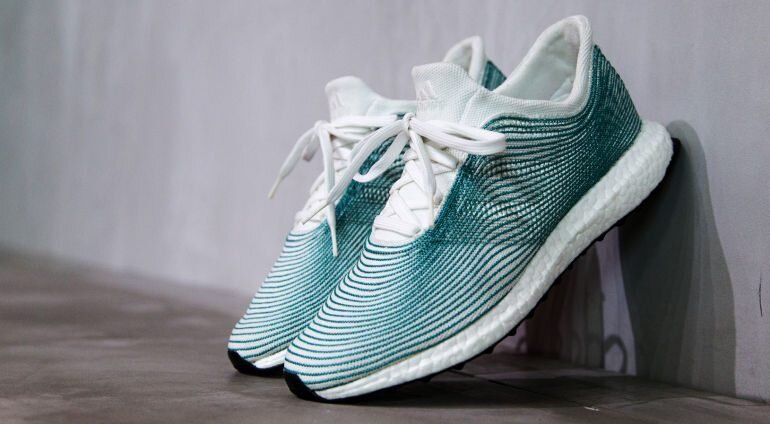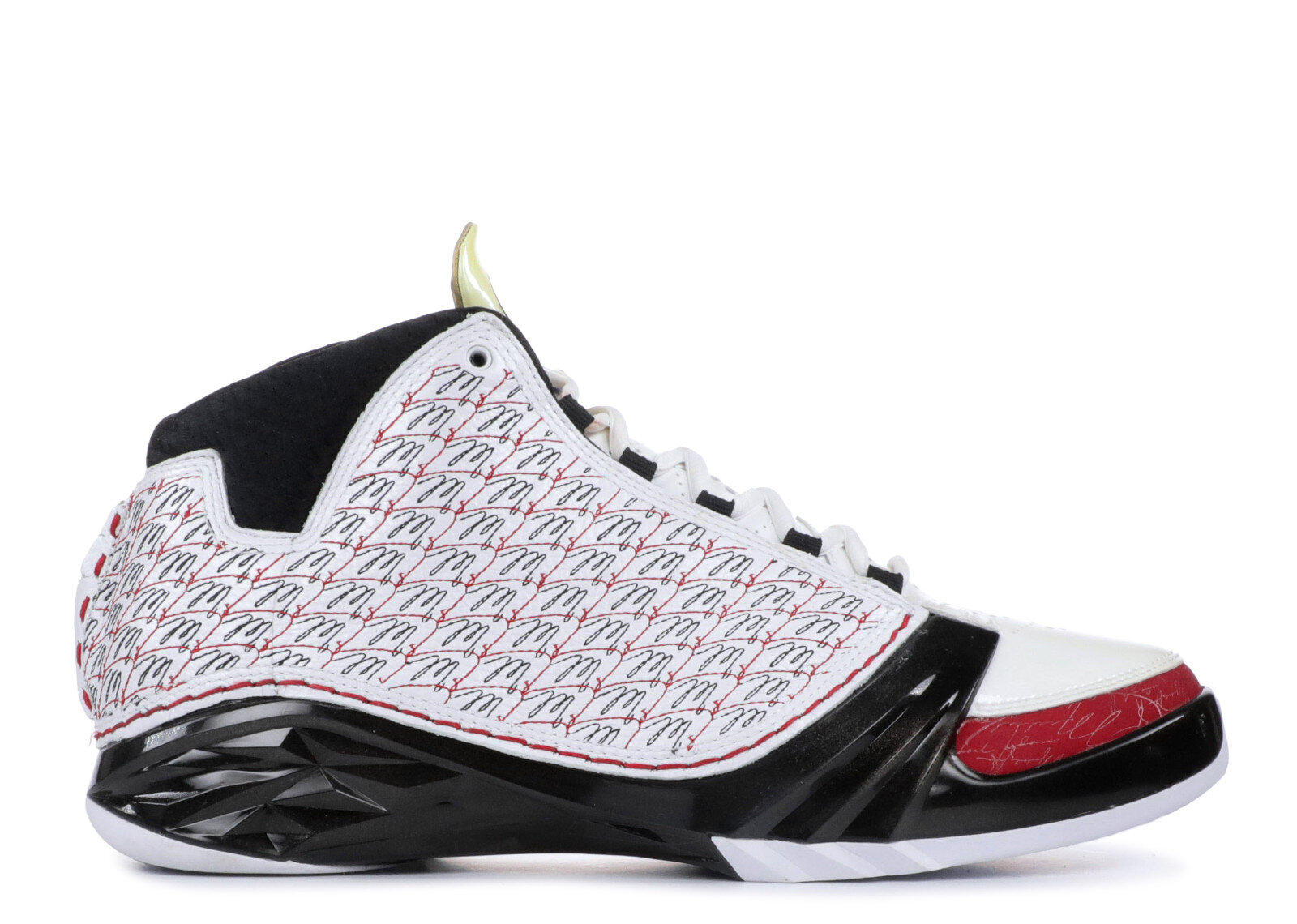Sustainability and Sneakers #02
How can sustainable design coexist with style?
Words: Mathieu Risacher
By writing this article I want to enlighten the importance of sustainability in sneaker culture - from its disruptive loud start to how it has silently shaped the way we conceive shoes, as producers and as consumers. Going through the milestones it has reached, proving that better practices are compatible with design and performance, my aim is to paint a picture of its future and to set the goals we need to achieve to spread the word to the consumer. This way only, rather than being an added value, sustainability will become a staple. Debut and evolution of sustainability in Sneaker Culture. Today we are able to state that sustainability is part of most of the major sneaker brands’ ethos, arguing around each’s deepness of commitment obviously.
However, this wasn’t a sure thing twenty years ago and it seems important to understand its history and progress to be able to rely on what has been done and move forward. During the late 90’s, Nike was under fire after several social scandals have been publicly revealed. It was sadly a bad opportunity to start from there, but facing the fact that people actually cared about brand’s practices, it triggered a whole new approach on how to make products.
Following a series of measures in the early 00’s to set and reach better and greener goals, the first concrete iteration happened in 2006 when Nike gave birth to the Considered program, a commitment to « sustainability without compromising performance ». After a succession of designs that provoked astonishment in terms of aesthetics and construction, the pinnacle of this innovative thinking was reached in January 2008 with the release of the Jordan XX3.
This shoe made the headlines – not only because it was Jordan’s memorable number that implied the necessity of an additional spark – foremost because it was the first shoe ever that would combine the highest level of performance sold by Nike with a Considered design, meaning reducing waste in the making and use « environmentally preferred » materials wherever possible. Sneaker News broke down every detail of the design and components of this shoe in a complete article. It’s important to say that its construction influenced numerous shoes and still does, regarding the design but also the materials that were chosen.
Three weeks later, Nike would go back-to-back, releasing another basketball shoe that would reinforce their will to meliorate their making process through design, with Steve Nash’s endorsed pair called the « Trash Talk ».
Once again allying Considered ethos and high performance, this shoe is a visual example of what sustainability can bring to a design as the upper is made out of manufacturing scraps assembled together as a patchwork. This technique aimed to showcase the company’s will to dig into closed-loop design and zero-waste illusion. The sole was also remarkable at the time as, besides incorporating the long time sustainable banner Nike Grind material in the outsole, the midsole would use scrap-ground foam from factory production, which is still one of today’s biggest challenges in better sole production.
Was this shoe a trigger for their next breakthrough innovation ? We’ll certainly never know for sure and somehow, the Considered program managed to silently fade away and no other style has ever been stamped with what remains now as a relic from the past, when Nike was really claiming its affiliation to sustainability.
However, four years later in 2012, the brand came up with what has now become a fundamental style across every sneaker brand : a knitted upper.
By introducing the Racer, the Swoosh presented to the world their Flyknit technology, inheriting from Considered ethos as one of its main added values is to significantly reduce the amount of waste, producing a one-piece upper directly attachable to the sole.
With everything in mind, we can tell from here that Nike literally paved the way for other major brands to shoot their own shot at merging sustainability, design and performance.
I feel like it’s important to disclose that the sustainable criteria that I’m pointing at here aren’t the most high ranked ones and might be perceived as overrated, especially taking into account the budget of the brand. Even more considering today’s trend and hunger for greenovations. Yet, put back in the context being ten years ago, regarding the scope of Nike’s audience, its production capacity, and its trendsetting power, such changes might have had a massive impact on what would come next.
Diverse solutions today have to make one tomorrow
Once far ahead in pole position of this movement, Nike has been joined by its many competitors in a race that has no finish line. It didn’t take long before Adidas unveiled its Primeknit technology the same year Flyknit came out, shortly followed by Puma and its own evoKnit. Today, knitted uppers are part of every brands’ inventory and this innovation truly became the first sustainable design to clearly interfere with Sneaker Culture. Many pairs could illustrate this fact, such as the Ultraboost Mid Kith « Aspen » endorsed by Ronnie Fieg, that became an instant classic when it was released.
In hindsight, it seems that this necessity for brands to catch up on sustainability actually triggered their development and, according to their identity, every player is now setting their focus on one piece of the puzzle.
To name a few, Reebok has set its sights on biotechs, promoting in August 2018 a pair « made from things that grow » with the re-edition of its classic NPC style. This time adorned with « Cotton and Corn », the innovation here is that the sole is partly composed of a bioplastic derived from corn.
Despite the fact that bioplastics can’t properly substitute EVA and have to be part of a compound, it is overly important to introduce these materials to the public. Why ? Because once we’ll be done with our war against plastic, we’ll have to find new ways of making the same products, but better.
This could imply a great use of bioplastics that demonstrate outstanding qualities in terms of ecological footprint, technical properties and aspects. Even though they are hardly compatible in our actual recycling facilities, getting customers, as the industry itself, to be familiar with such materials will increase every parties’ knowledge and will therefore ease the job when the time will come to improve our product end-of-life management.
Meanwhile, Nike has chosen to follow its heritage by releasing, the same year, its Flyleather material. Made out of at least 50% recycled natural leather fibers, this material « looks like leather, feels like leather and even smells like leather ». Managing to reuse the worst material – in terms of ecological footprint – in footwear production can be depicted as a breakthrough innovation, as the process not only reduces significantly the amount of water, chemicals, and energy needed to create it, but also delivers an alternative that shows better results in terms of durability (according to abrasion testing). Furthermore, Flyleather is produced on a roll, which improves cutting efficiency and reduces losses. The Swoosh only needed a good fitting model to display this material at its best. How about using it on their « dirtiest » style ? Collaborating with A-COLD-WALL, reimagining the iconic AF1, Nike made a new statement by showcasing that sustainability could go together with neat design and hype.
Last but not least, we can’t evoke such matters without talking about Adidas’ engagement against plastic. Recently making the headlines thanks to their own groundbreaking design, building the first ever recyclable mono-material running shoe, the Trefoil has been continuously pushing boundaries to make conception and sustainability belong together. The Futurecraft.Loop being their latest milestone, it has come from a long path where advanced technologies and creative forward thinking led to make what used to be impossible, possible. Just as its competitors, leaving the design by the wayside was never an option for the brand. Even back in 2015 when Adidas showcased the first pair of knitted upper sneakers that used a yarn made out of recycled ocean trash, in collaboration with organization Parley for the Oceans. Nobody would’ve thought that a pair with such green intentions could hit the resell market today for around $2800. What was at that time one of the greatest highlights is now becoming a staple as the 3 Stripes can brag about producing 5 million pairs of shoes containing recycled plastic waste from the oceans in 2018.
Reducing the amount of waste, recycling and upcycling materials, using technologies to improve making processes, or materials themselves… No matter how they do it, the big brands have proven that it is now possible to merge good looking and efficient design with outstanding performance and sustainable criteria.
More than that, if you look between the lines, you can actually see that sustainability has been part of Sneaker Culture for years.
However, only now is it recognized as what it should be : the only source from where creativity can flow. This makes even more sense being said a few weeks after Nike published its guide to circular design, aiming to set a protocol on how each and every design choice should be considered, taking into account its social and environmental impact, its durability and its recyclability.
This reflection echoes to the subject of my previous article, questioning the importance of sharing knowledge about sustainability with both consumers and design teams. This way only will we be able to redefine how the products are made. This way only can we reach a sustainable mindset that will blend each innovation that has been discussed above to create consciously, using to the fullest the potential of every person implied in the process.
Joining forces, sharing knowledge, creating good content and spreading the word about it is mandatory if we want to operate the necessary shift of the industry. If this resonates with what you want to do, reach out to me and hopefully we can create something great for the culture & for the planet !








